Images are important both for readers as well as SEO. For readers, because images help in making content easy to grasp and for SEO, well, you know to rank higher. These image SEO best practices will help you get there.
Yes, SEO friendly images can help you push your blog towards the first page.
Do you know images are also ranked? Do you know 25% of total searches are image based?
Well, they do.
If you could get your beautiful images to rank on Google image search you can also have a slice of that 25%.
How do you do that? By image optimization for SEO.
That you are going to learn today. How to optimize an image for SEO.
SAVE THIS PIN PLEASE.
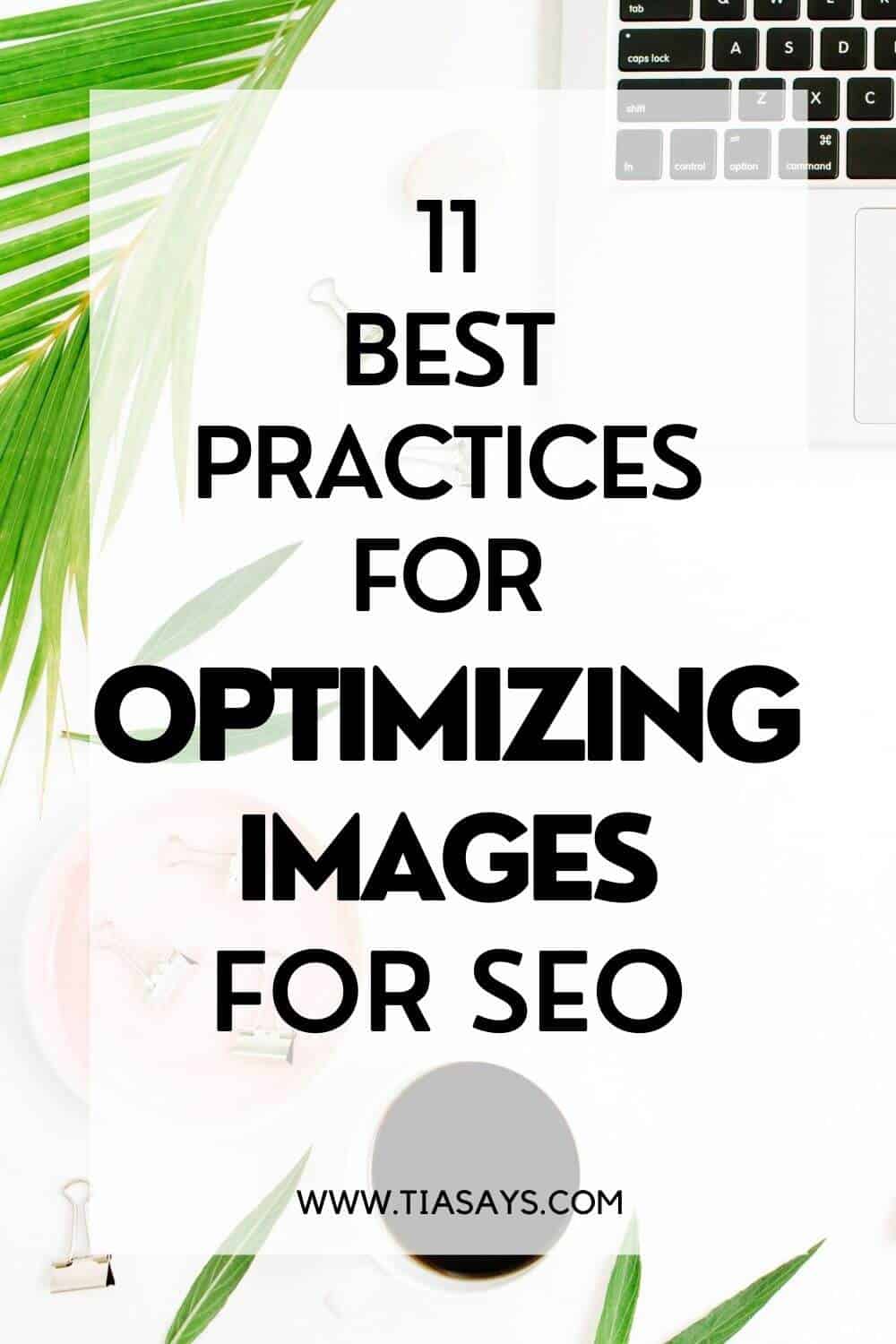
This post may contain some affiliate links that is I may earn a small commission at no extra cost to you that I would use to maintain this blog. Thanks for understanding.
Let’s begin.
What Is Image SEO And Why Should You Care?
Image SEO is optimizing images for SEO to get more organic traffic.
Here’s what is image optimization according to the Alexa blog,
“Image SEO refers to the optimization of graphics on a website to make the page more appealing to search engine crawlers. Image SEO provides additional information about a graphic to search engines, which helps them understand the content and can lead to a boost in search rankings and visibility. It also can lead to an image appearing in Google’s image search.”
For example, the image below is a screenshot of image search results.
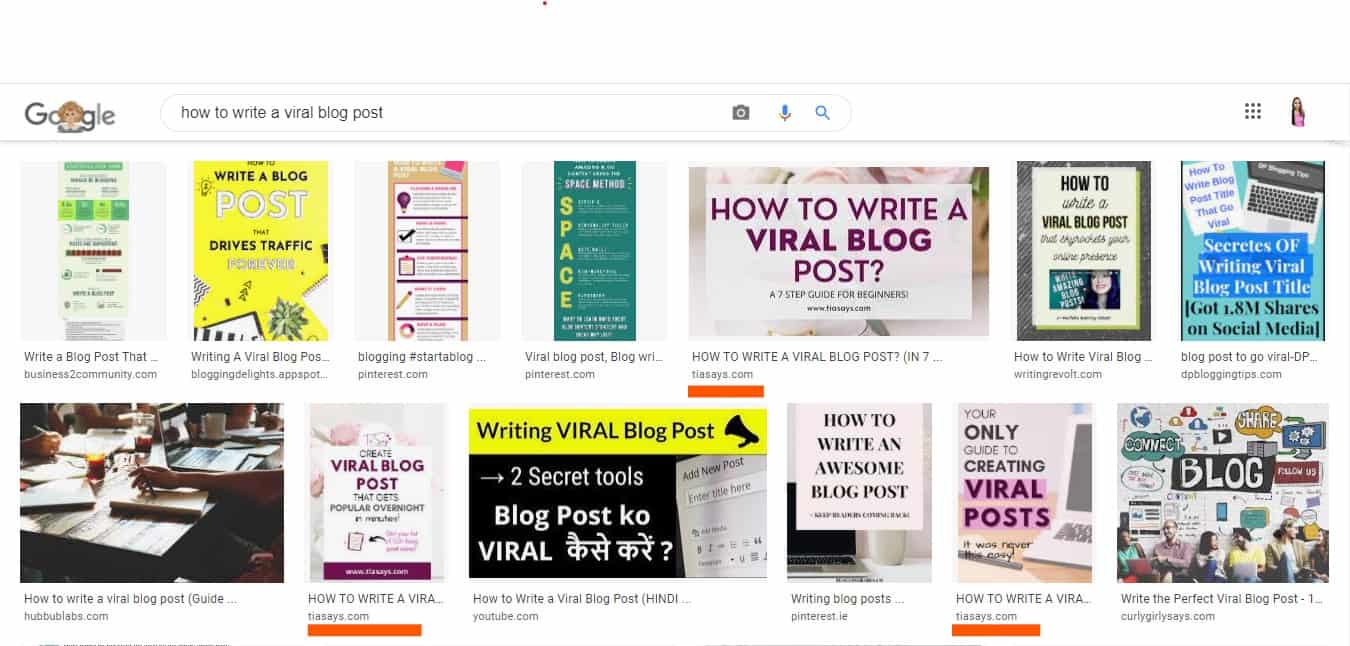
Image optimization for the web has become very important and easy.
Don’t believe me? Read on.
Why SEO Is So Important For Images?
I’ve found something interesting.
That is, ranking your images is much easier than ranking posts.
First, check out these screenshots below.

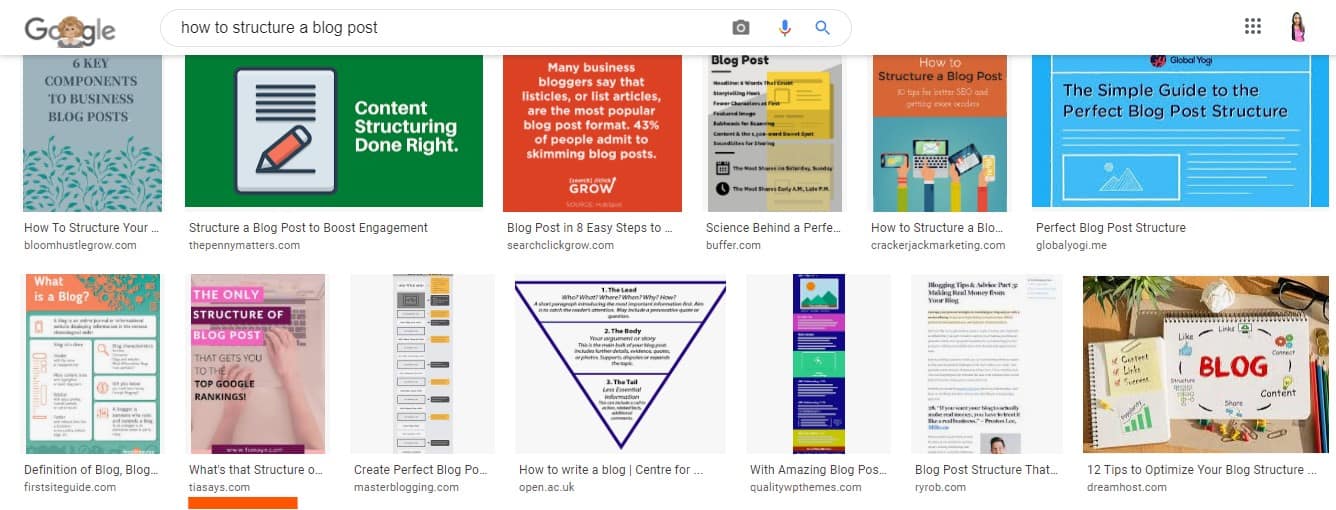
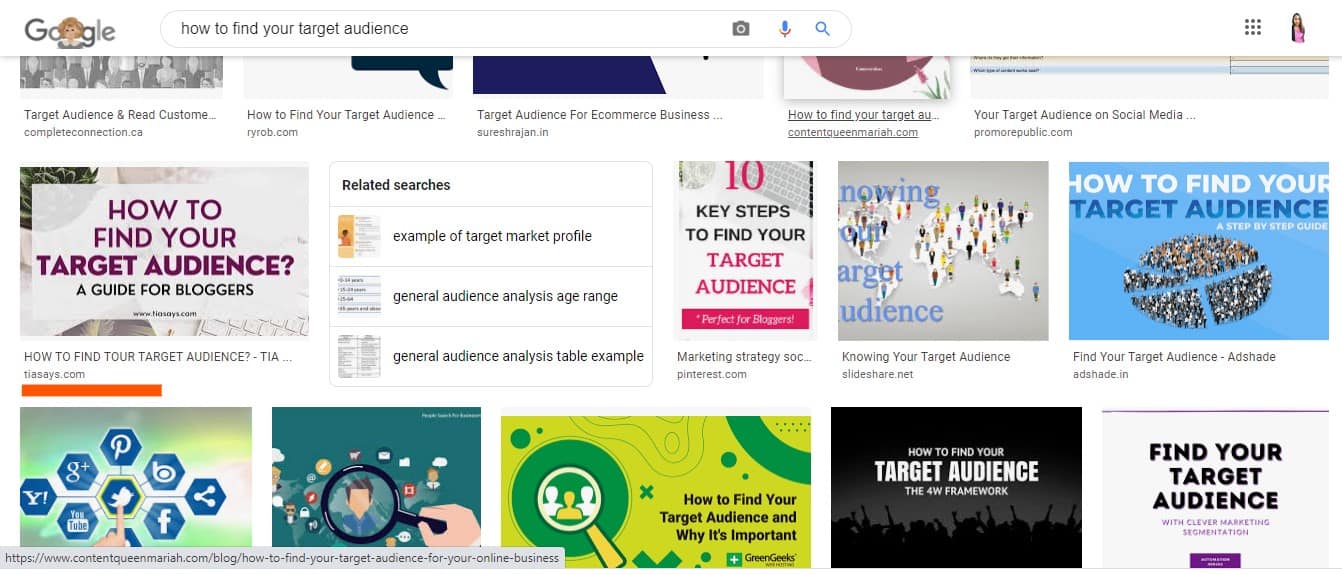
Many of my blog images are ranking on Google. And I often receive clicks from them.
But none of the posts whose images are ranking are ranking on the first page.
And these are not the only ones. I have a lot more images ranking on Google.
Here’s a screenshot of my search console page for the last 12 months.

I have got 19 clicks through images only. I know that these are not great stats but good enough for me to get started.
These 19 clicks have made me feel SEO for images is important and I started optimizing more images.
But there are many other benefits of SEO-friendly images.
Benefits Of Image Optimization For SEO
Adding images is no longer a choice. It has become a necessity. Well, you can not have images but only if you don’t want those clicks.
And these other things.
1- Social Shares
Images encourage social sharing. And it’s not a secret. Social media is all about images, especially visual engines like Pinterest.
If you add attractive images to your blog posts and ask your readers to share them then you can get a lot more views than usual.
2- Low Bounce Rate
Images are beautiful and they tend to keep readers on your site longer thereby reducing the bounce rate of your site.
Bounce rate is a powerful metric in determining your search rankings. Learn more about it here.
3- Backlinks
Infographics are informative images that are used by bloggers to explain boring information easily.
You can also gain quality backlinks using these infographics if you can create them nicely.
Using Canva templates you can create beautiful infographics and get backlinks.
4- Boosts SEO
Images also help in getting to the first page.
Do any Google search and skim through the top 10 results. You will rarely find any pages without images.
Those without images are high DA websites that can easily rank for any keyword.
In short, images of SEO-optimized pages rank higher and also enrich the overall user experience.
How about all that for you? This post will teach you how to do the best SEO for images.
Interestingly, image SEO is much easier than blog post SEO.
So, follow these image optimization best practices and soon enough you will find your image ranking.
11 Best Practices For SEO Friendly Images
These 11 things below are all you have to do to effectively implement image SEO for Google optimization.
1- Add One Image Minimum
The first step to SEO image optimization is to add at least one image to your blog posts.
You can have more but you must have at least one.
No one likes to read a wall of text. That causes a high bounce rate. Why? Because it’s boring.
No matter how awesome your content is, if it isn’t spiced up with images then it isn’t calling its readers.
Therefore, use a few images in your content to make it more appealing.
And optimize them with these practices to boost SEO.
2- Keyword Friendly Image File Name For SEO
Do image names affect SEO? You bet they do!
The first thing to do is name images for SEO.
But why? Because Google bots use image file names as information to understand the content.
Just like it does with the H1 tag of a blog post.
So how to name images for SEO?
But using keywords while naming them.
For example, the file name “choco-chip-cookie.jpg” is much better than “3475829384.jpg.”
I always rename my blog images before uploading them.
3- Image Alt Tags For SEO
The second and the most important place where your keywords should be is the alt tag.
The alt text appears when images are not loaded. These should be always optimized for SEO.
Another important place where Google bots skim.
So how to write SEO-friendly alt texts for your images?
Again, by using keywords. But don’t stuff them.
Then how long should the alt tag be?
You should frame 1 to 2 line natural sentences using your keywords.
Alt descriptions should be short and descriptive.
4- Image Title Attribute
Another great place to use keywords is the image title tag.
However, this is not that important but you can use this place to tell Google more about your post.
Also, make sure you use secondary keywords (other than the target keyword) so you avoid keyword stuffing.
5- Captions Of Images
The not-so-famous place to add more keywords is “caption”.
This is also where you can add natural sentences to optimize images for better search rankings.
I don’t usually add captions because I create pin images and screenshots but if you feel that your images need a description then go ahead and add keyword-friendly captions.
6- Compress Images
These images are generally bigger and they take precious time to load.
If you don’t want to annoy a reader then your site must load within 3 to 4 seconds.
So, how to optimize images for the web without losing their quality?
By compressing them.
Image compression is when you reduce the size of an image without reducing its quality.
You can do it in two ways.
- Manually compressing every image using a free tool like TinyJPG before uploading it to your WordPress dashboard.
- Automatically by installing the ShortPixel plugin. It compresses images automatically after they are uploaded.
7- Use Copyright Free Images
The most important thing to remember while using these images on your blog is to make sure that they are free from all sorts of copyright.
You don’t want to get into these legal issues.
So how do you make sure you are using copyright-free images?
- By creating your images using Canva.
- Using stock photos.
RELATED – HOW TO PROTECT YOUR BLOG LEGALLY?
8- Consider Image Format
Do you know there are many formats of images? JPG, PNG, WEBP, SVG, and more.
These have their pros and cons. To get the most out of your image SEO optimization you have to consider the best option.
What you want are good-quality images with smaller sizes.
To figure out the optimal file size for web images you must know about them.
- JPG – Good quality and small file size.
- PNG – Best quality and big file size.
- WEBP – Good quality and small file size. (Better Compression than JPG)
- SVG – best for vector images.
I download my blog images in JPG format.
Then I use the ShortPixel plugin to convert them to WEBP format.
9- Enable Lazy Load
This might not be an image SEO tip but it is so helpful for improving your website speed.
Adding images increases the page size and that increases loading time.
To fix this problem, we enable the lazy load to make images load only when they are on screen.
I have enabled it using the WP-Optimize plugin.
10- Enable Social Sharing
You might be surprised if I tell you that Google also counts the total number of shares a post gets.
Yes, it does.
Because the more shares a post gets on social media the more worthy it becomes for ranking.
You can use these SEO-optimized images to encourage readers to share your posts.
How to do it?
By installing a social sharing plugin. I use Grow by Mediavine.
You can also install a Pinterest snippet on your website to activate a little pin button on hover.
Ask your readers to share your posts. And also, do it for others. Like, share this post.
11- Use Responsive Images
The most important thing is to use responsive images on your site.
Responsive images are automatically resized in different device screen sizes.
With Google prioritizing mobile-friendly sites it is more important than ever to have a responsive site.
Fortunately, it is easy.
Using a responsive theme like Astra it can be done automatically.
Now you know what image optimization is and how to do it for SEO.
Conclusion: Image SEO Best Practices
So this is how to optimize images for SEO.
Now you know what it means to optimize images for SEO.
If you haven’t added images in your blog posts then do it and you will notice that your blog SEO would increase.
Although image optimization in SEO is a valuable part, there are other ways to optimize your website for SEO.
You should combine both of them to get the most out of your SEO efforts.
Take this 35+ SEO point checklist.
Because Google is the best place where your site can be.
So this was all about image SEO optimization. If you have any questions please add them to the comments section.
I hope you found this post helpful. Follow me on Twitter, Facebook, and LinkedIn. Or why not subscribe to my newsletter and get blogging and writing tips straight to your inbox every week?
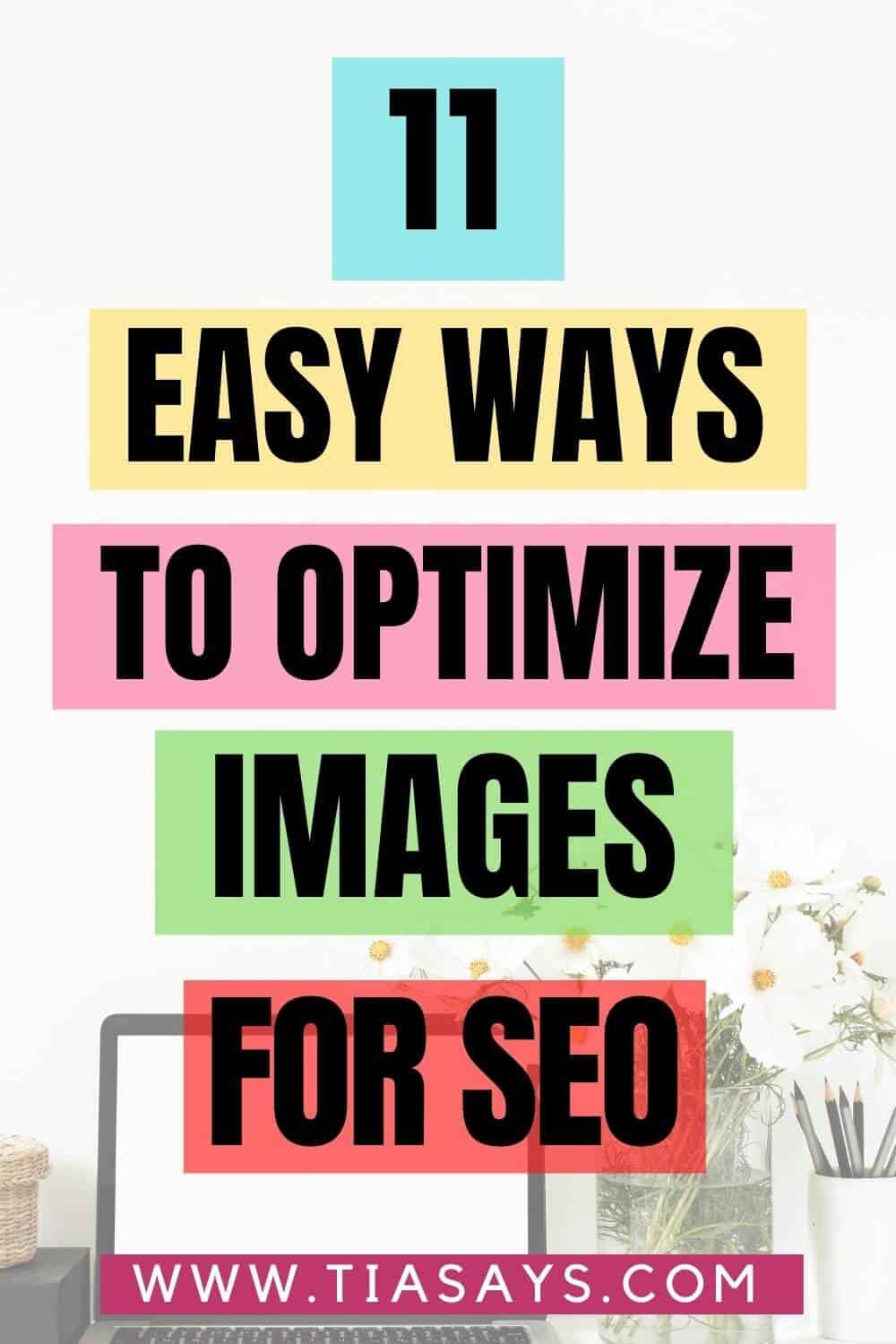

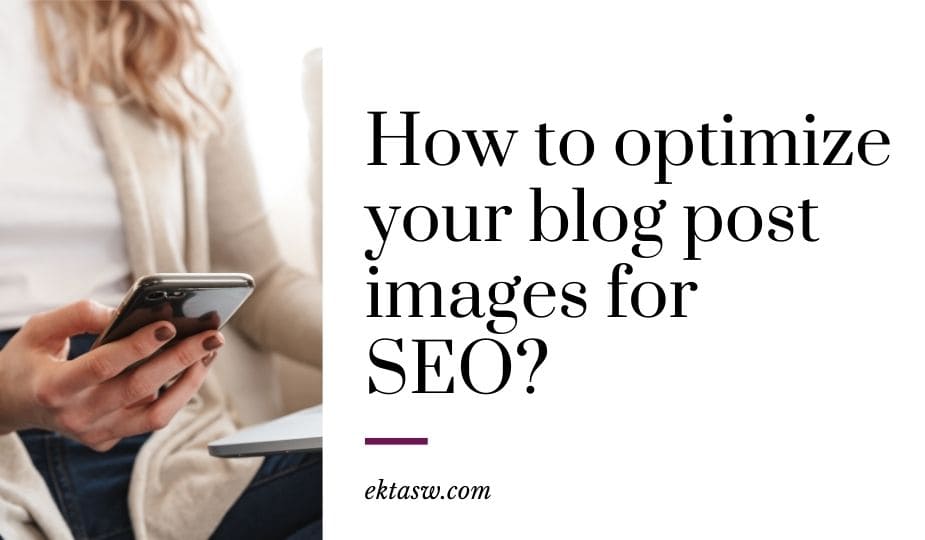
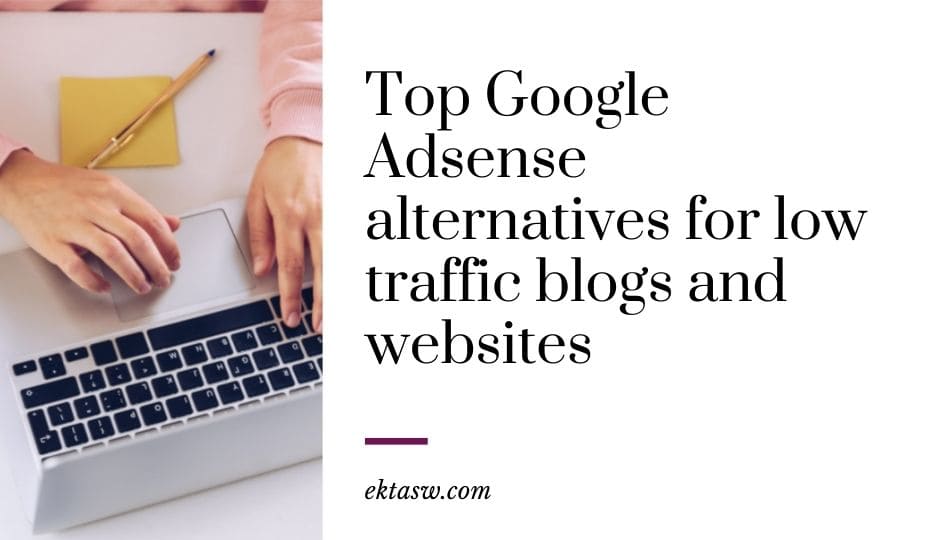
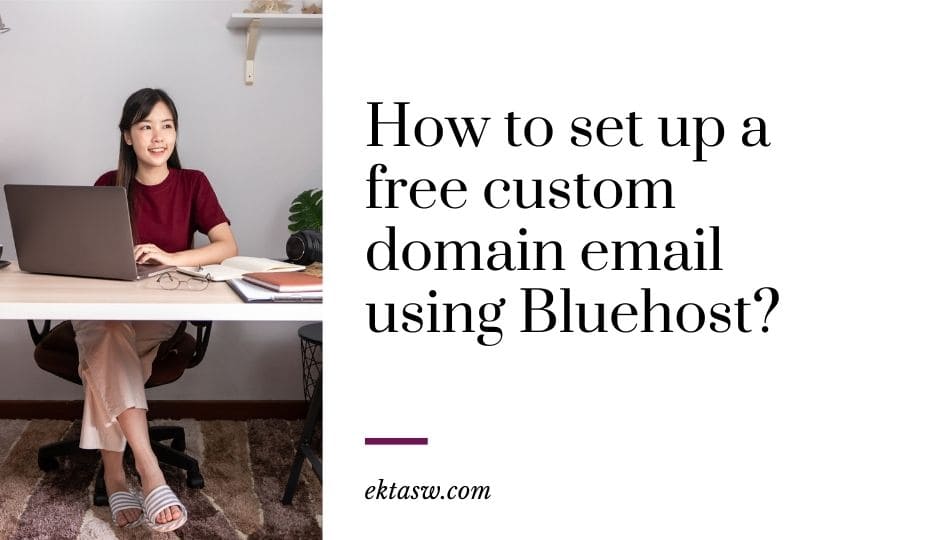

I had no idea that you could use Images as SEO. I will totally start doing this.
Yes, I was amazed when I saw my blog post featured images ranking on Google. And, the icing on the cake was when I checked the search console to see I was actually getting clicks.
Very valuable tips here. Another that I recently started doing is adjusting the file size of pictures I took with my iPhone before uploading them (and then compressing with short pixel). Phone picture sizes are huge!
Yes, adjusting file size is also important. Thanks for bringing it Maura. I would like to add to not resize your images after uploading in the WordPress dashboard. It takes more time to load.
really useful info, thanks for sharing!
Thanks Claudia.
Great tips! It’s always a pleasant surprise when I see my images up at the top – sometimes for very competitive keywords. It does seem easier sometimes than ranking on the regular search haha
Right! I was super happy when I saw three of my blog post images ranking for the same search term.
Thanks for sharing such an in-depth post! I had no idea that 25% of searches were image-based. I’m also defiantly going to have to try that Lazy Load plug-in as well.
Lazy load is super beneficial especially when you want to keep your site speed minimum. Thanks Danielle, I hope this helped.
Love finding new ways to boost my SEO!
Thanks Kaitlyn, I’m glad you found it useful.
This was super useful! I always add alt-text for accessibility purposes but hadn’t thought of the SEO potential — thanks for sharing!
Images are an important part of SEO, it’s better we realize it soon.
Thanks for the tips!
And what you’ve mentioned here are all true. Images on blog posts play an important role in SEO. Therefore don’t overlook.
You are absolutely right Mina, we must not ignore images.
A sweet insightful blog, Ekta!
First of all, no one talks a lot about image SEO but you do so very helpful initiative from you for all beginner or new bloggers. Next, you mentioned all things in a very easy to do as well as easy to implement so it’s the best work for me.
Some things are already done on my blog, some remain i can do now.
Thanks a lot Ekta for sharing it. Wish to read its 2nd part in upcoming days
Thank you so much for sharing your thoughts! I’m glad you read and found these tips useful.
I didn’t realize how important images are to a blog post’s SEO! I need to really change things up! Thanks for such a useful read!
Yes, images can be really powerful for getting more organic presence. Sl glad these tips are helpful.
This was so informative. Good to know that images an important part of SEO.Thanks for sharing. I use a number of images on my blog. I understand that most people have a short attention span and are more attracted to visuals. People, in general, don’t like to read worded blogs.
You are so right Kevin! Thanks for sharing your thoughts with me.
Great blogpost. These are useful tips. Thank you… Image SEO is very important. I think we you use images on the blog.
Thanks Ibrahim!
Great hints. I have been using Smush to optimise pictures. Your advice is handy.
Thanks, I have had used the Smush plugin too. It was also good.
Thanks for sharing this valuable information.
Thanks for reading, for sure these seo tips will help you get more visibility.